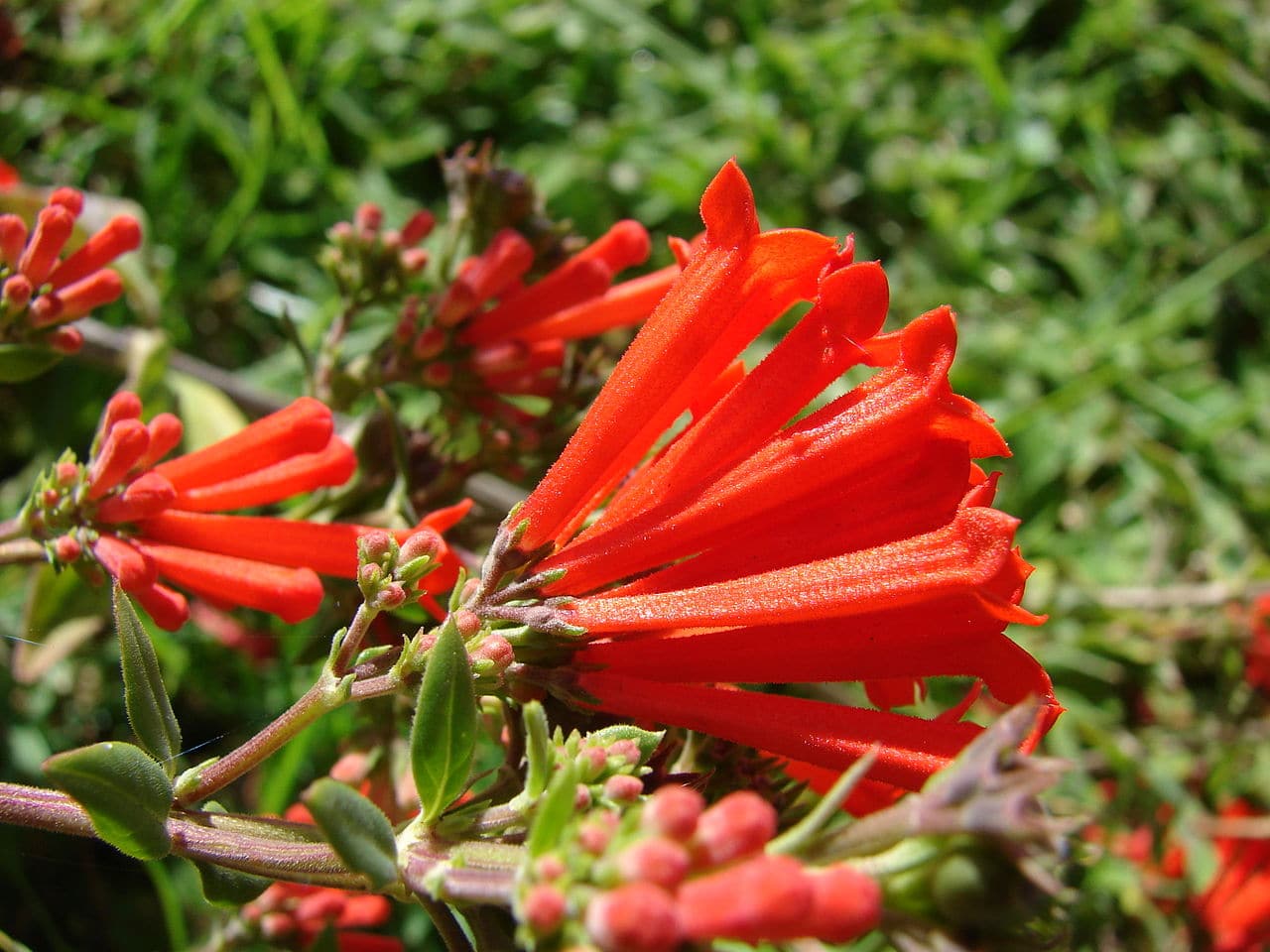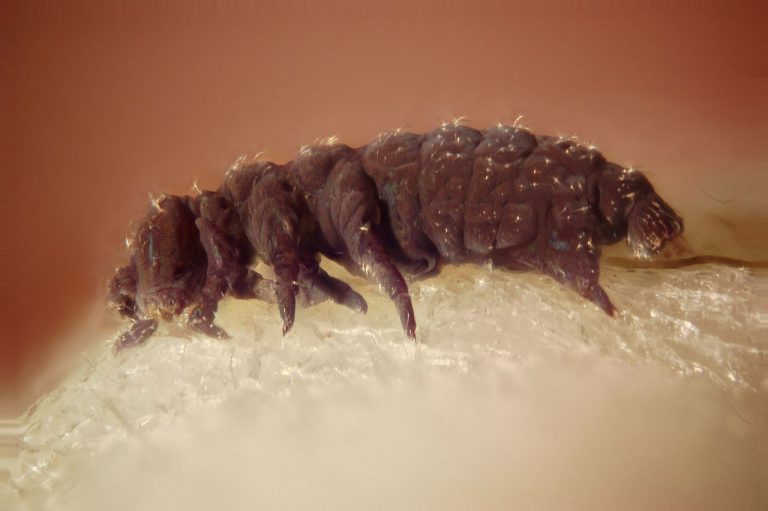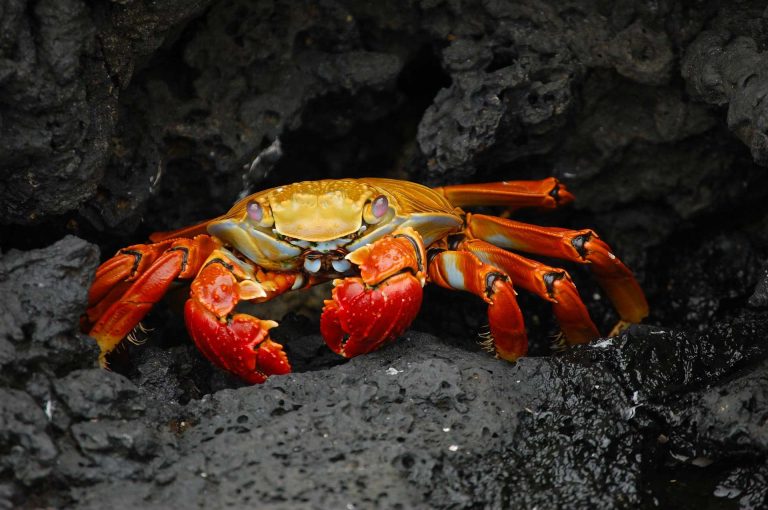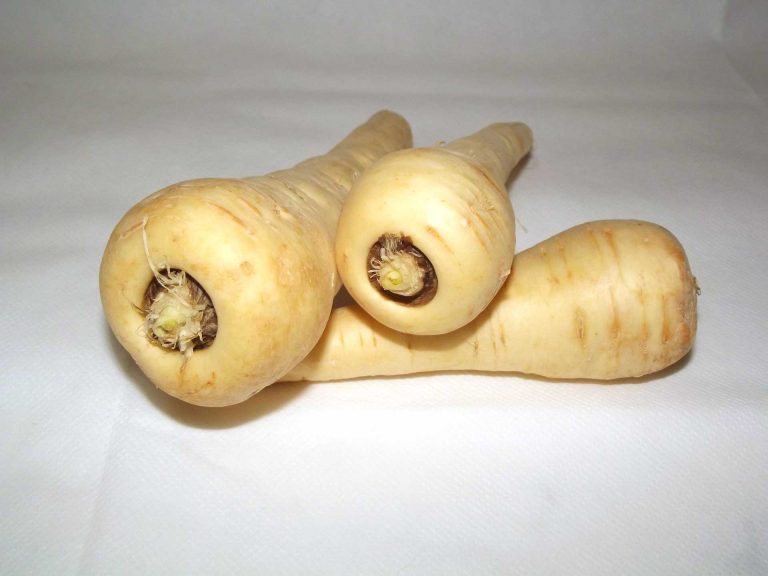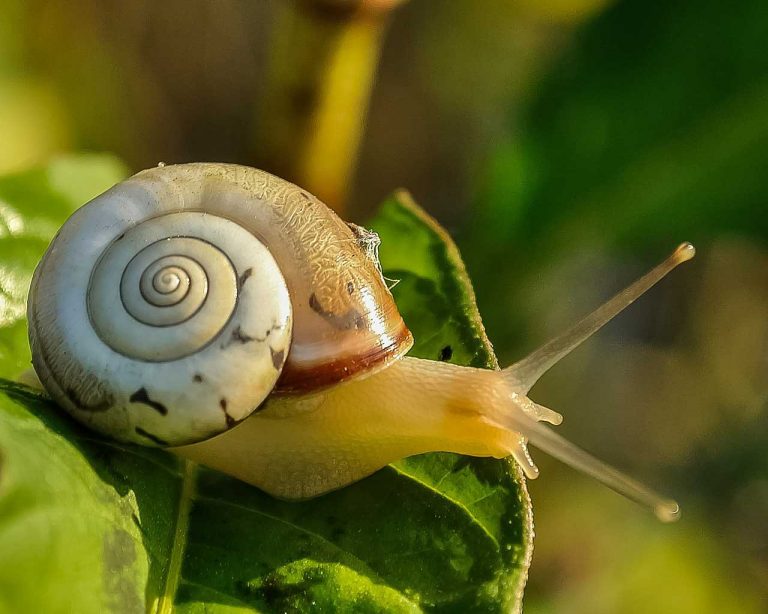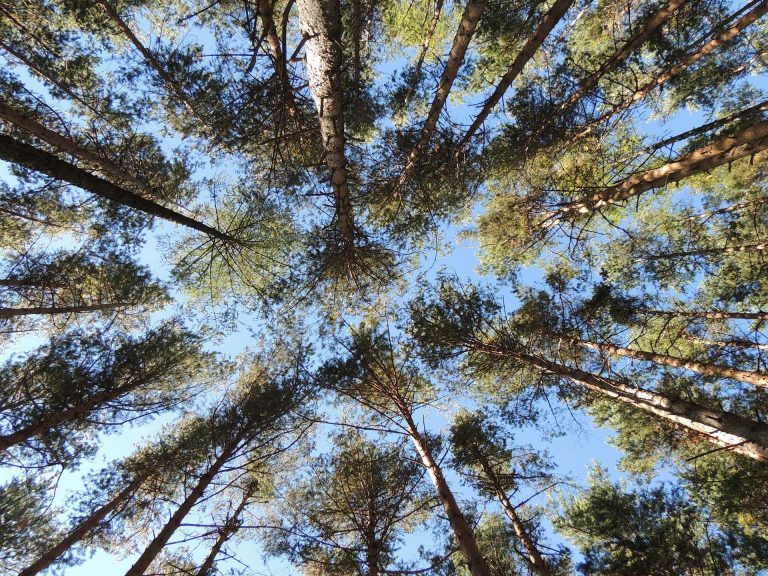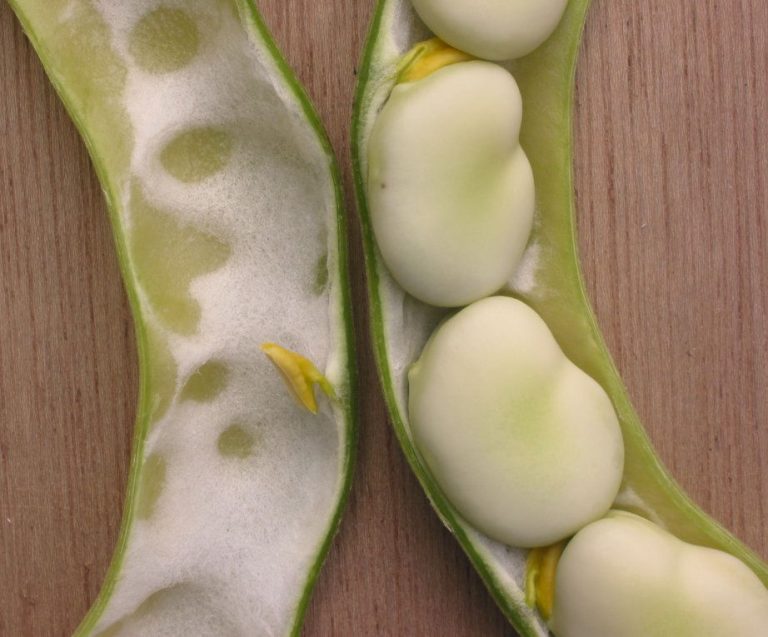May Flowers: Bouvardia Flowers
Scientific Classification
| Kingdom: | Plantae |
| (unranked): | Angiosperms |
| (unranked): | Eudicots |
| (unranked): | Asterids |
| Order: | Gentianales |
| Family: | Rubiaceae |
| Subfamily: | Rubioideae |
| Tribe: | Spermacoceae |
| Genus: | Bouvardia Salisb. |
| Synonyms: | Aeginetia Cav |
Bouvardia is a variety of blossoming plants, belonging to the Rubiaceae family, comprising of 30 types of evergreen shrubs and herbs inhabiting the hot regions of America. Bouvardia derived its name in tribute to Charles Bouvard (1572-1658). He was the superintendent of the Jardin du Roi in Paris and Physician to Louis XIII.
The Bouvardia flower inhabits Mexico and the hot regions of America, like New Mexico, Arizona and Texas. You find other varieties in Canada and Europe, In the UK in the year 1854 you could see them in the sub-tropical areas and below the glass in Holland.
Anatomy
When grown, it attains a height of 0.6 to 1.5 m. Their leaves are 3 to 5 in number opposite to each other, forming a whorl like an egg 3 to 5 cm in length, and extend in lancet-shape by 3 to 11 cm. The flowers normally form clusters pointing outward. The corolla consists of a big tube with four spreading lobes. According to the species, the color varies from the Bouvardia white flower to its flowers in colors of pink, yellow and red.
How to Cultivate Domestically
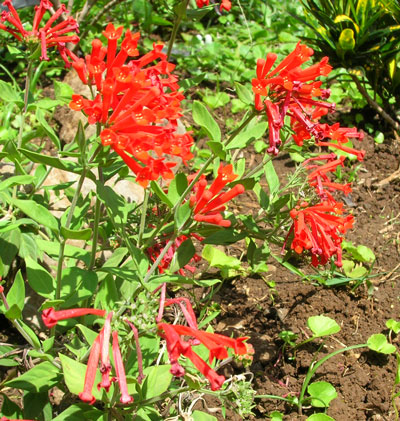
Photo by: Forest & Kim Starr
Preparation of Planting
When you grow Bouvardia flowers indoors as house plants, you need to have enough sunlight and moist soil. For optimum growth you have to maintain the indoor temperature to almost 64 to 72 of (18 to 22 °C). Plants grow either from bulbs or stem producing roots. From the bulb, comes out bunches of long slender leaves and meager branched stem. The flowers, funnel shaped and narrow, blossom on one side of the spikes.
Planting
- Cut the Bouvardia above without uprooting, dip the cuttings in a regular rooting hormone like Rhizopon, a powder, and then directly plant them in pots.
- 3 – indolylacetil acid is the vigorous ingredient or inbuilt plant hormone with an active ingredient of 1% that fights fungus. Alternatively, in order to protect from fungus, you can soak the cuttings in a solution of: 30 tablets Rhizopon A + 60 tablets Rhizopon AA + 160 g. TMTD ( thiram-an ectoparasiticide) per 80L water.
- When compared to many cuttings, Bouvardia cuttings are very sensitive, since they evaporate fast. Once you pick them, plant them within 72 hours or keep them in cold storage
- Do not allow the cuttings to get dry! After planting the cuttings, water them within 1 hour at the most
Placement and Watering
Practice watering them weekly twice, never to let the soil dry. In-between watering keep the soil damp; If slightly faded do not worry. While watering, make sure that the soil gets enough water by allowing a little amount of water to drain out through the pot. For the root system to be healthy, plant them in a clay pot.
Flowering Period
Flowering takes place after 5 weeks, if you take care to water regularly and prevent the soil from drying during this period. You would do well to take care of the flowers during the full day for the 7 to 10 days prior to flowering. The right time for cutting is when the initial bud becomes thick and begins to get color.
After-Bloom Care
The Bouvardia flowers rise from a shrub of the subtropical regions of America, it has four-lobed cluster of flowers. The blooming is seen in the fall period of winter. After this they cut down the plants to its 1/3 read length and kept the dry portion in cold storage, retaining the compost until spring.
As Cut Flowers
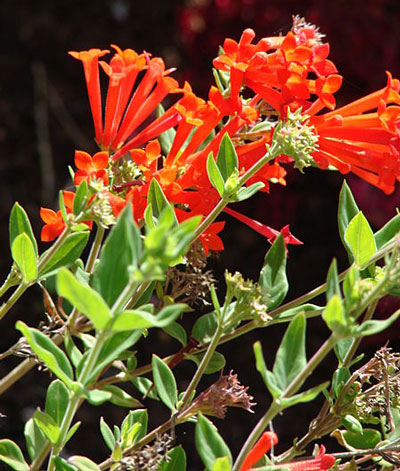
Photo by: Forest & Kim Starr
Be certain that the stem of the flower is cut angularly and not flat in order to prevent the stem from resting flat on the bottom of the vase. While cutting, dip the stem in water to prevent it from coming in contact with air. Put the stems in water and retain them in fresh food solution or in a solution having a wetting agent suggested for this variety. Some wetting agents damage leaves and flowers. The wetting agent that is best is Agral-LN and you have many other classifications of alkylethoxylates also for this purpose.
Advice to Consumer
These are pieces of advice for you to be happy as long as possible enjoying your flowers:
- Prior to arranging your flowers in the vase, put it in a vase containing water for many hours.
- Cut the stems.
- Mix Luke warm water with flower food before you place the cut Bouvardia flowers in the vase.
- Agitate a little and fill it up with water.
- Prevent leaves from remaining in the water.
- Never keep the flowers dry or in total sunlight.

Having discovered a fondness for insects while pursuing her degree in Biology, Randi Jones was quite bugged to know that people usually dismissed these little creatures as “creepy-crawlies”.

